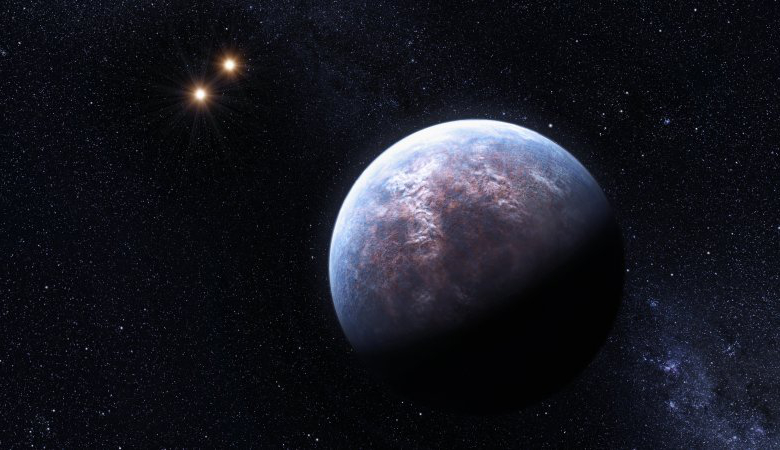With perturbed planetary orbits and varying stellar irradiation conditions, looking for habitable zones around binary stars might not seem the best place to look for habitable exoplanets, but a new study by researchers investigating this possibility have found five double star systems that are potentially suitable for life.
Over the past three decades exoplanet researchers have discovered more than four thousands planets outside our Solar System and most of these have been found around single stars.
Binary or multiple star systems however are very common throughout the galaxy and a number of giant planets have been found to reside in binary stars systems, some of which even orbit both stars, a term called circumbinary. But when it comes to finding potentially habitable planets, things are not so easy.
Why? Not only does a planet have to contend with radiation from two stars, possibly of different spectral type, the distance of the planet to each star keeps changing over time due to gravitational interactions between the planet and the two stars.
Throw a large planet like Jupiter into the mix, and the system’s dynamics can become very unstable.
It also means that pinning down an exoplanet’s habitable zone, the region where a terrestrial-like planet orbiting its host star can support liquid water on its surface, is very challenging.
It would seem almost futile then to search for planets suitable for life in these systems. Not so, say an international team of researchers who have developed a new mathematical framework to account for all of the dynamical variables circumbinary planets have to face.
In their research, the team build on previous research to predict the existence, location, and extent of the habitable zone in binary systems with giant planets.
The calculations take into account aspects such as the class, mass, luminosity, and spectral energy distribution of the stars; the added gravitational effect of the giant planet; the eccentricity (i.e. degree of ellipticity of the orbit), semi-major axis, and period of the hypothetical Earth-like planet's orbit.
The team also looked at the "climate inertia" of a hypothetical exoplanet. “Climate inertia" is the speed at which the atmosphere responds to changes in irradiation; the faster the mean surface temperature changes, the lower the climate inertia of a planet is, say the authors in their research paper.
With all of the data in hand, the team then analysed the habitable zone around nine known binary star systems with giant planets to determine if they were "quiet enough" to harbour potentially life-sustaining worlds.
"Life is far most likely to evolve on planets located within their system's Habitable Zone, just like Earth. Here we investigate whether a Habitable Zone exists within nine known systems with two or more stars orbited by giant planets,” says lead author of the study Dr Nikolaos Georgakarakos, a research associate from the Division of Science at New York University Abu Dhabi.
Of the nine binary star systems studies, all of which were discovered by the Kepler telescope, five were found to fit the bill.
“We show for the first time that Kepler-34, -35, -64, -413 and especially Kepler-38 are suitable for hosting Earth-like worlds with oceans," Georgakarakos says, because they are each surrounded by suitable habitable zones.
Those zones are between 0.4 -1.5 Astronomical Units (au) wide beginning at distances between 0.6 - 2 au from the center of mass of the binary stars say the team. For reference an au is approximately 150 million kilometres (93 million miles) and is the distance from the Sun to our planet. Mars is 1.5 au from the Sun and Jupiter is 5.2.
The other four systems in the study, did not make the cut. "In contrast the extent of the Habitable Zones in two further binary systems, Kepler-453 and -1661, is roughly half the expected size, because the giant planets in those systems would destabilize the orbits of additional habitable worlds. For the same reason Kepler-16 and -1647 cannot host additional habitable planets at all,” says coauthor Dr Siegfried Eggl at the University of Washington.
The systems are very far away, between 2764 and 5933 light years from Earth, in the constellations Lyra and Cygnus, say Georgakarakos and colleagues, but the study does show that previously written off systems in the search for life beyond the Solar System, such as multi-star systems, should no longer be discounted.
"Our best candidate for hosting a world that is potentially habitable is the binary system Kepler-38, approximately 3970 light years from Earth, and known to contain a Neptune-sized planet," says Georgakarakos. "Our study confirms that even binary star systems with giant planets are hot targets in the search for Earth 2.0.,” he adds.











